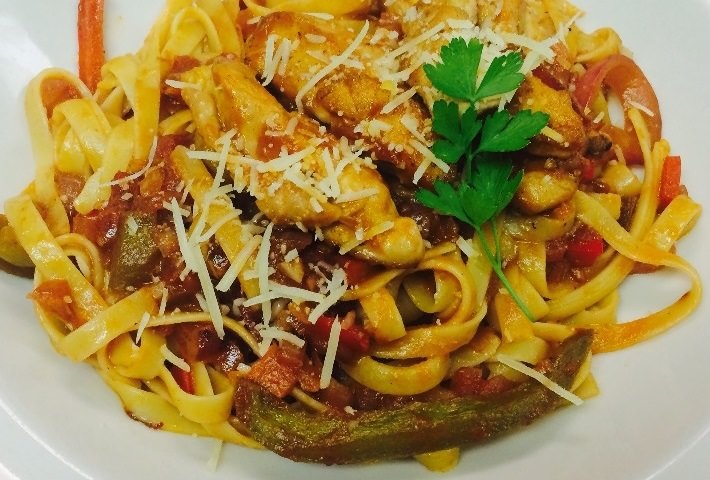Sexing Pheasants | Male and Female Pheasants
At MacFarlane Pheasants we begin the sexing of pheasants when they are day-old chicks. The process doesn’t stop there, though. When they are ready to be moved to the outside pens at 6-8 weeks of age, they are sexed as they are moved onto special move-out trailers, to be delivered to one of our four Janesville farms. When they are released into the pens, the young birds are sexed for the third time. Then, as we do our daily checks of the birds in our outside pens, the staff is constantly checking to see if we misidentified a hen (female pheasant) or cock (male pheasant).
How Do We Tell A Male from a Female Pheasant?
1. In day-old chicks, we can identify the sex about 90% of the time. The female head has a slight slope, whereas the male has a more blocked head profile. The female may show a tiny nub where a wattle might be but the males will show the definite beginning of a wattle.
2. As pheasants mature the male develops leg spurs, which are helpful in identifying them.
3. Male pheasants are more colorful and female coloring is more subdued as they mature.
4. The shape of the heads, as the pheasants grow is more pronounced. (See head shape description in number 1.)
5. The longer a caretaker has been around pheasants, the easier it is to tell the difference. It does take practice, especially when sexing chicks!
Are you wondering yet, why we make such a big deal about separating the hens and cocks as they grow to maturity in the outside pens? The major reasons are that male pheasants are aggressive and as they mature, particularly in the long, light, and sunny days, they arrive at sexual maturity. If a few hens are mixed in with the cocks, all of the cocks at sexual maturity will be trying to mate with those few hens. This is not healthy for the hens. Males are also aggressive about taking over the cover, feed, and water. Once again, the hens will not fare well against the bigger, more aggressive males. We want all of our pheasants to live and grow to their prime weight and health. The multiple checks to make sure the birds are separated is like an insurance policy for general health and livability of both hens and cocks.
Related Posts
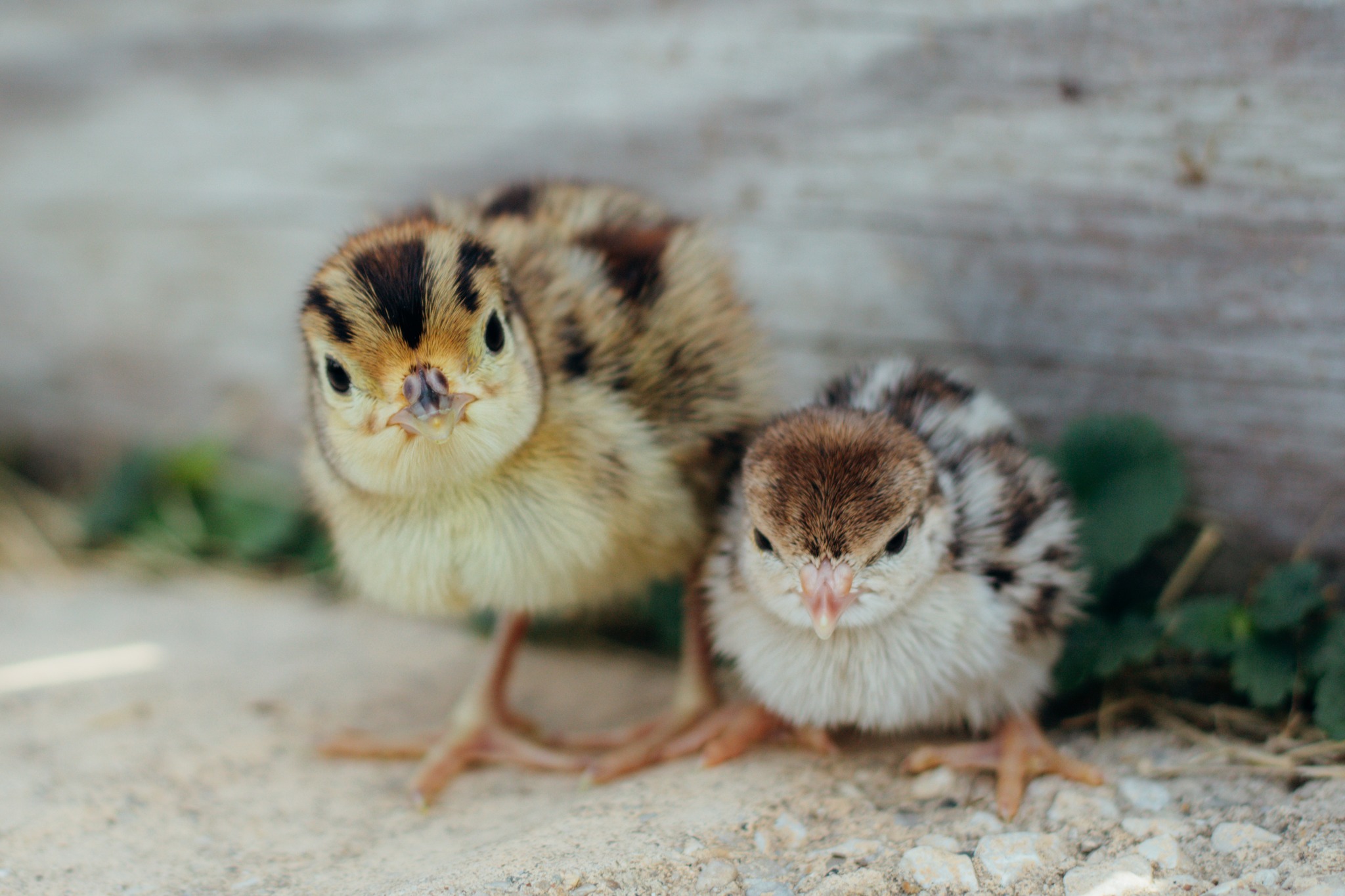
Shipping Chicks Safely During Cold Weather Months
Read Post
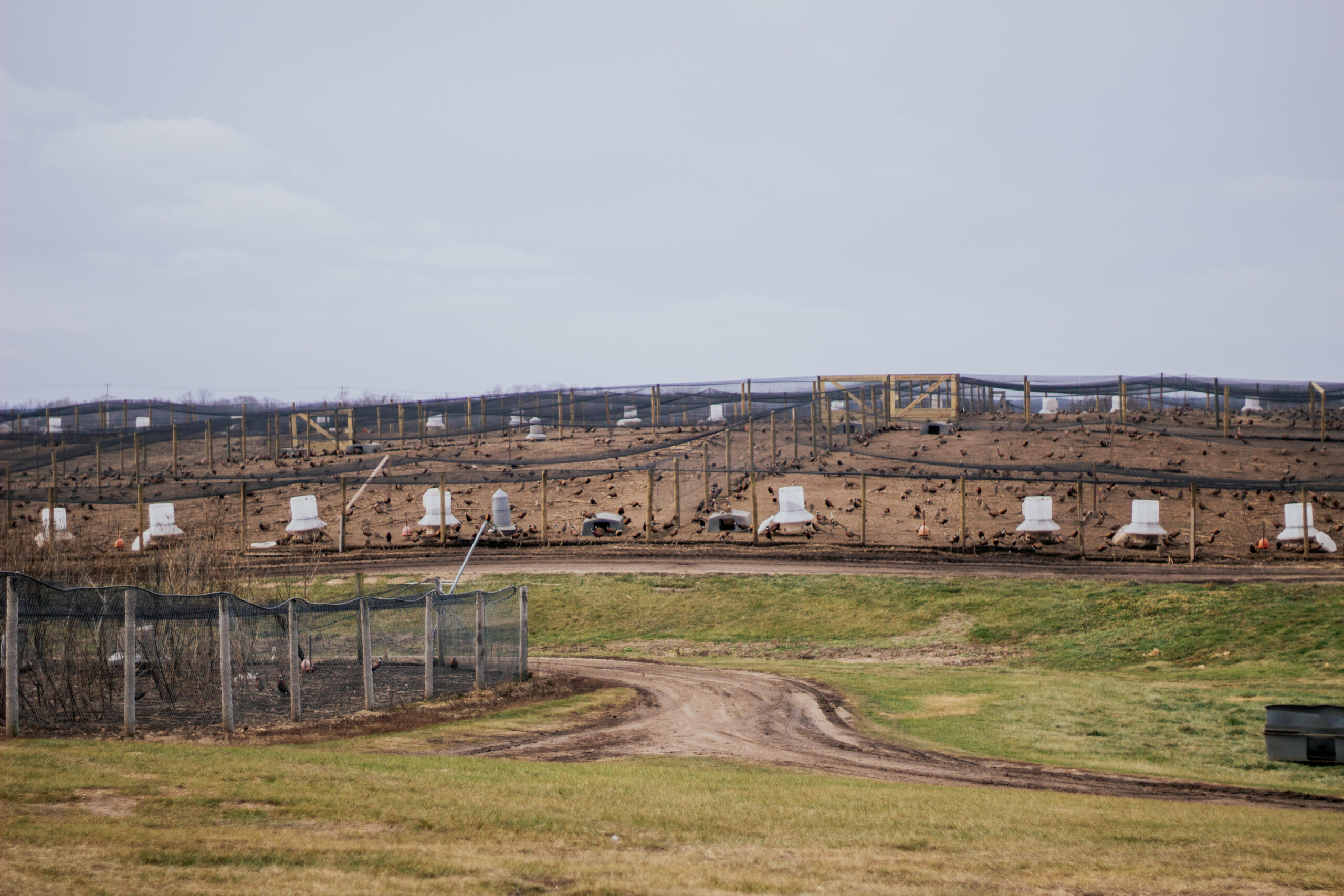
Preparing Our Barns & Pens Each Spring
Read Post
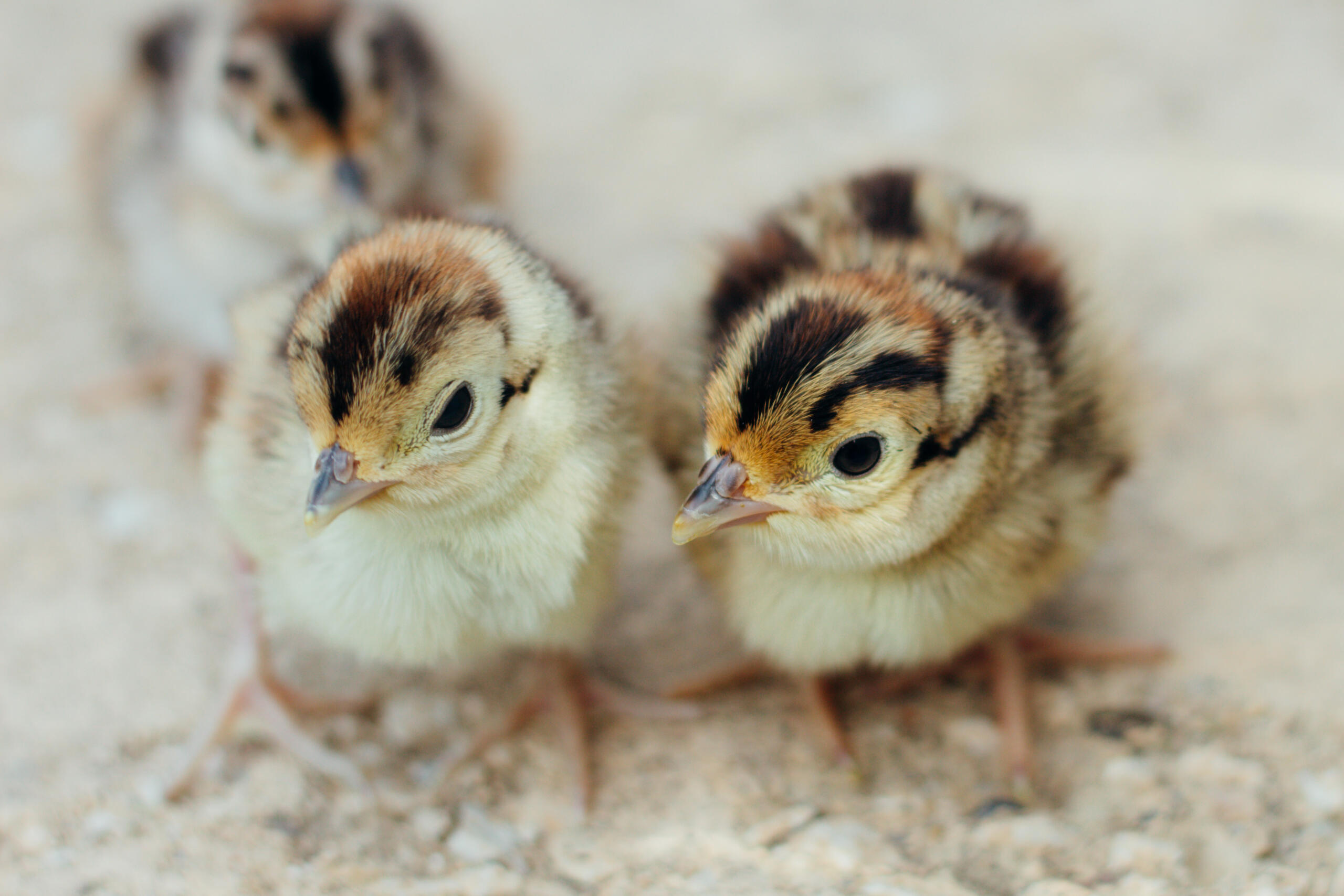
A Comparison of Hatch Data Between Two Different Genetic Types of Pheasants
Read Post

Hatchery News at MacFarlane Pheasants
Read Post
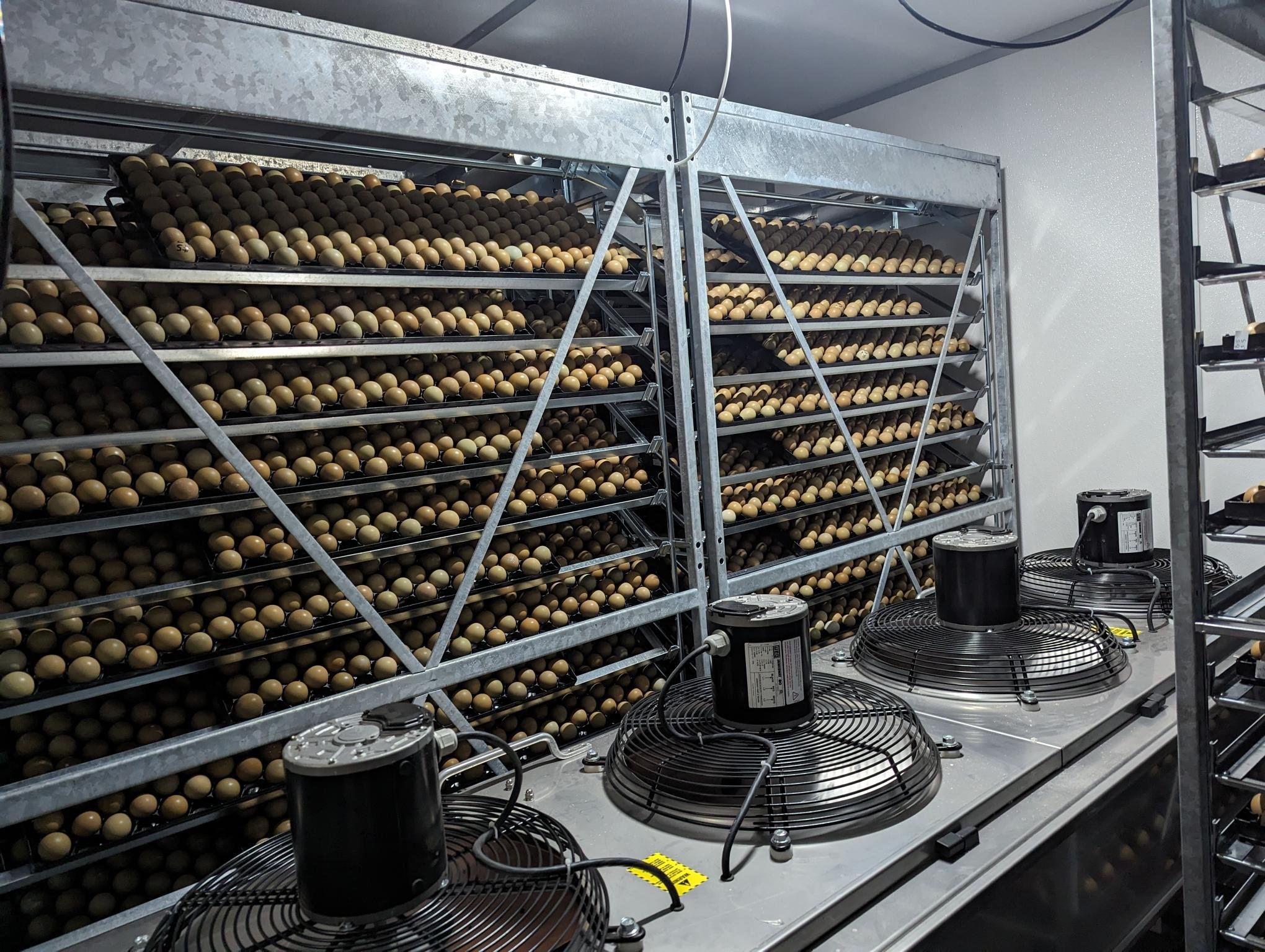
10 Hatching Tips for Incubating Pheasant Eggs Successfully
Read Post
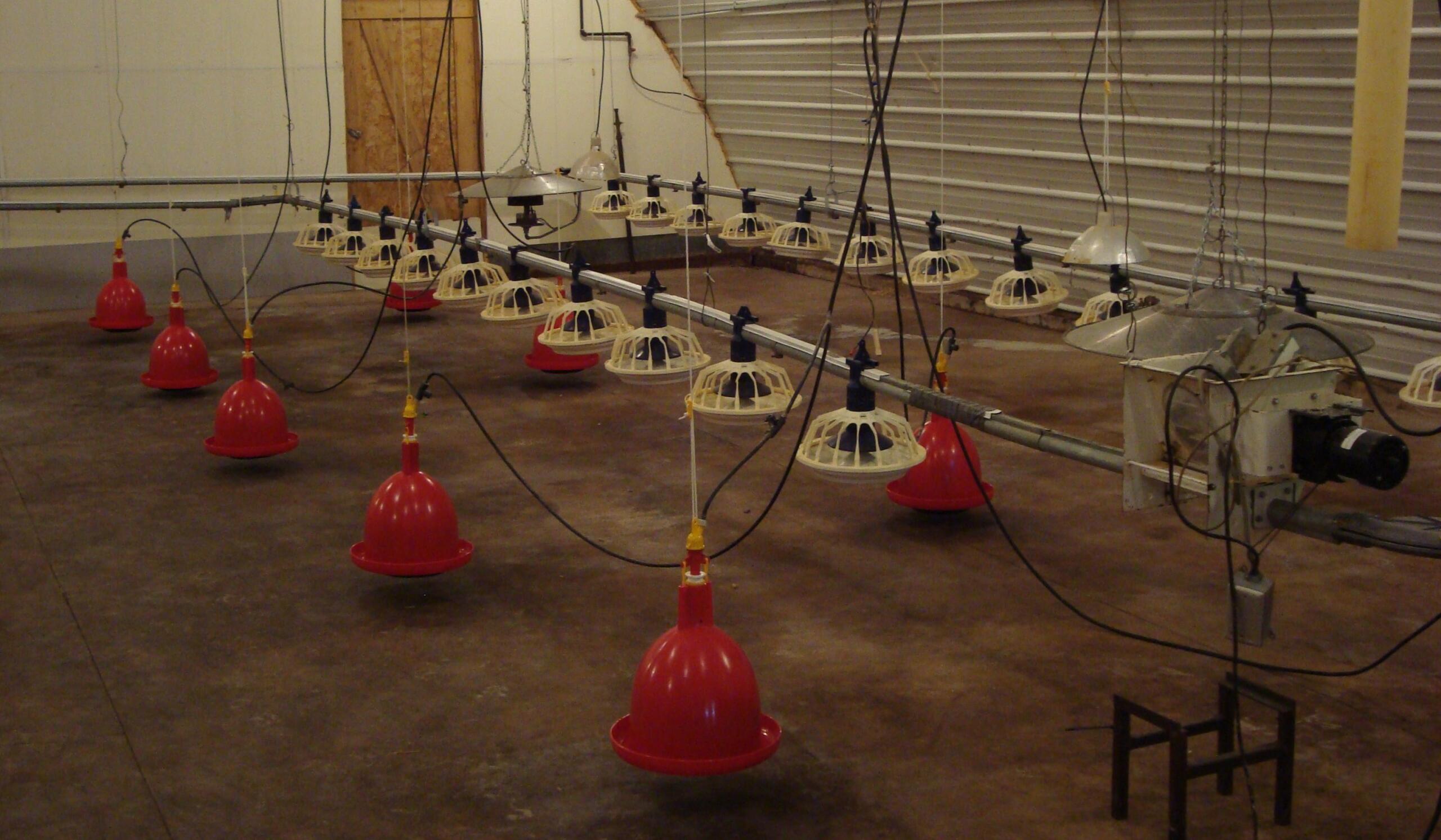
6 Feed and Water Procedures to Keep MacFarlane Pheasants Healthy
Read Post
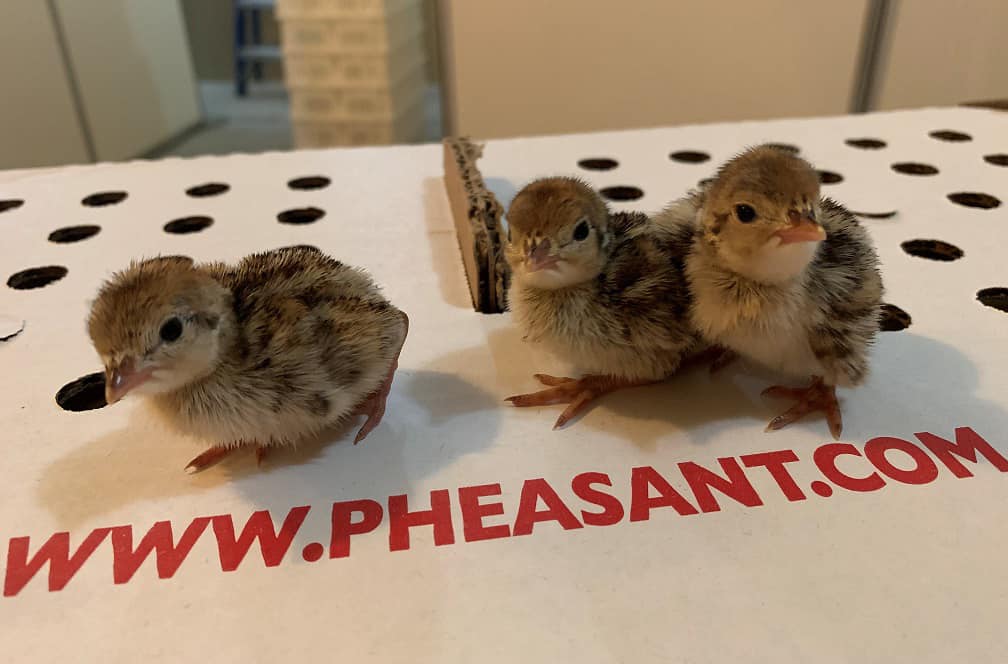
A Day in The Life of the Hatchery Manager and Chick Deliveries
Read Post

An Inside Look at How MacFarlane Pheasants Boxes Chicks for Live Delivery
Read Post
Take Advantage of These Free Resources
As the biggest game bird farm in the United States, we want to share our experience with you. Download our free resources below and get started.



